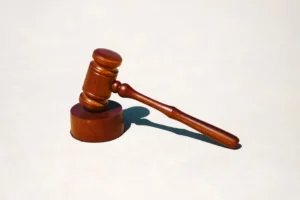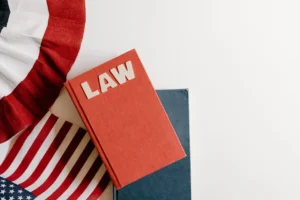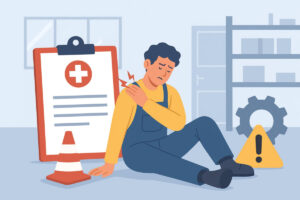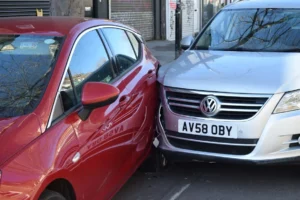Disclaimer: This article is for informational purposes only and does not constitute legal advice. Laws may change, and outcomes vary by case. For advice about your situation, consult a licensed Florida personal injury attorney.
If you suffered an injury in Williston, understanding how fault affects your recovery can change the outcome of your case. Some states still use contributory negligence rules that bar recovery if you share any blame, but Florida follows a different approach that cuts damages by your share of fault. I explain how that system works, what it means for people hurt on streets near Downtown Williston or in North Williston neighborhoods, and why professional help matters. If you want help assessing your claim and protecting your rights, contact a Williston personal injury lawyer.
How Contributory Negligence Differs From Florida Law
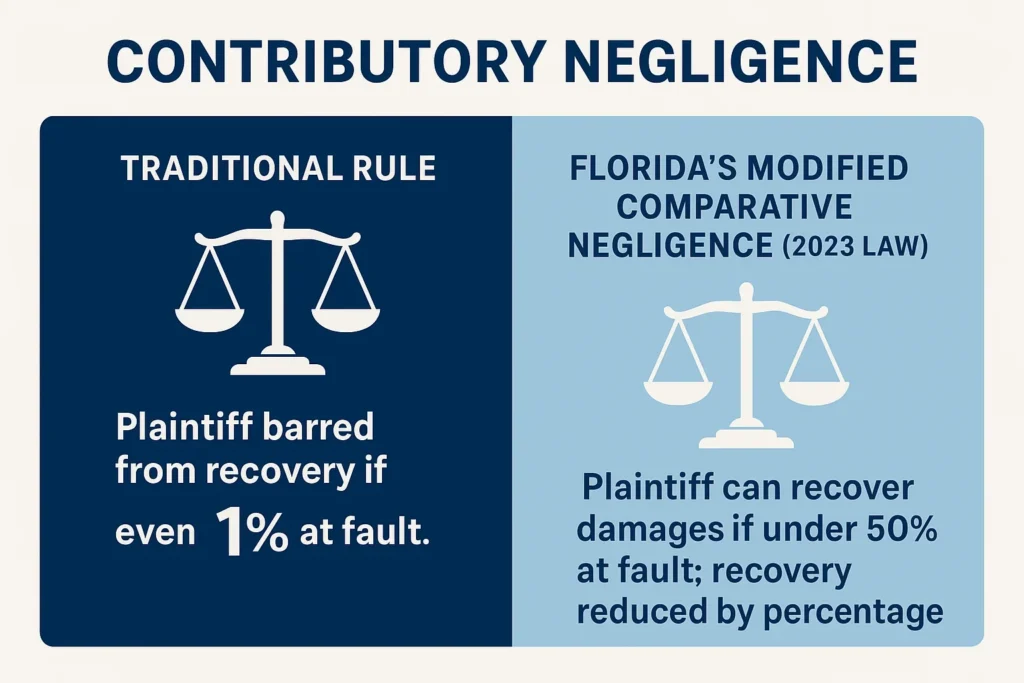
Contributory negligence acts as a total bar to recovery in a few jurisdictions, meaning a single percent of fault on your part could leave you with nothing. Florida rejects that all-or-nothing rule and instead applies comparative fault principles that reduce, rather than eliminate, compensation. Under Florida’s approach, a court or jury assigns percentages of fault to each party, then reduces the plaintiff’s award by that percentage. That system aims to distribute losses according to responsibility, while still allowing injured people to recover even when they bear some blame.
Understanding the legal difference matters at the earliest stages of a claim. Insurance adjusters may try to label you partially responsible to lower an offer, and jurors need clear evidence to divide fault fairly. Accurate evidence, eyewitness accounts, and solid timelines help show which actions mattered most. A careful presentation increases the likelihood that the decision-maker will assess percentages that reflect the real causes of the accident.
How Comparative Fault Affects Your Claim
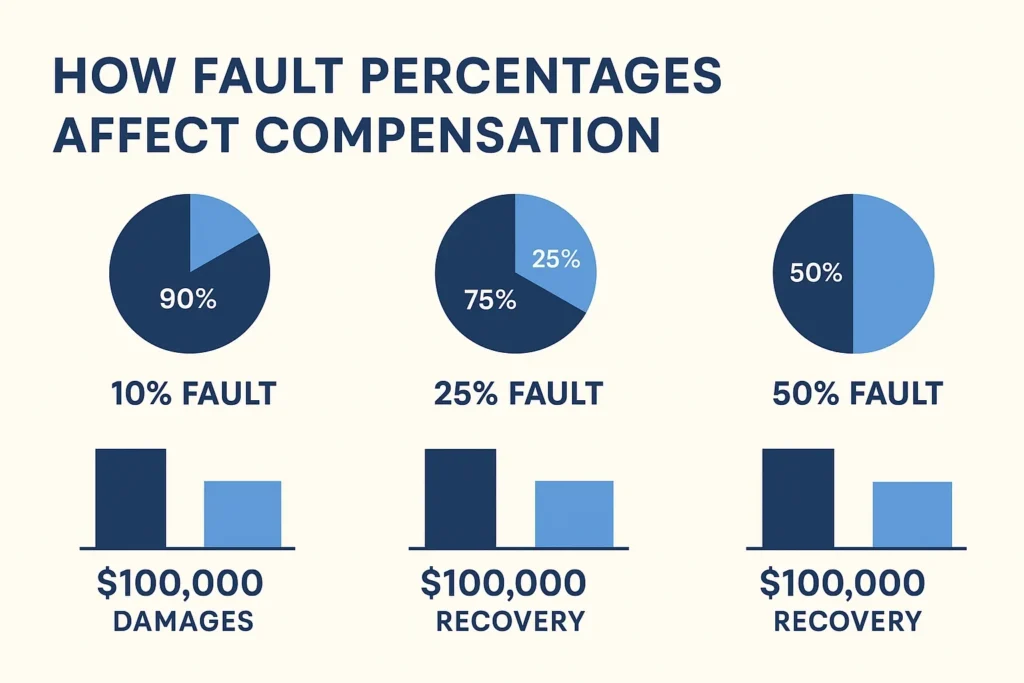
When an insurance company calculates a settlement, it factors in the percentage of fault assigned to you and the other parties. For example, if a judge finds your total damages equal $100,000, and you bear 25 percent responsibility, your recoverable amount drops to $75,000. That reduction includes both economic losses, such as medical expenses and lost wages, as well as non-economic losses, including pain and suffering. Because even a small percentage can change negotiation leverage, understanding how percentages apply helps you evaluate offers more accurately.
Proving a lower percentage of fault often requires a careful reconstruction of events, accurate documents that reflect actual speeds or positions, and medical records that directly link injuries to the crash. Photographs of the scene, surveillance footage, and objective inspection reports strengthen the claim. The better the proof that another party acted negligently, the smaller the portion of blame the court will assign to you. That’s why early collection and preservation of evidence matter so much for recovery.
Florida’s Statute of Limitations for Personal Injury Lawsuits
Florida generally allows injured parties four years from the date of the incident to file a lawsuit for personal injury, with limited exceptions that may extend or shorten this period in exceptional circumstances. If you miss that deadline, courts typically dismiss the case regardless of its merits, and you lose the right to seek money through litigation. In certain situations, such as claims against government agencies, filing windows are significantly shorter and require special notice procedures before filing a lawsuit. Timely action preserves options, and meeting procedural requirements prevents otherwise avoidable losses.
How a Williston Personal Injury Lawyer Can Help
A skilled local attorney protects your rights, and they know how to challenge exaggerated fault claims while documenting your losses entirely. Lawyers investigate quickly, gather expert testimony where needed, and handle negotiations so you avoid accepting lowball offers. They also prepare cases for trial if insurers refuse to compensate fairly, and they calculate damages that include future medical needs and lost earning potential. You benefit from an advocate who is familiar with the local courts, judges, and insurance company strategies.
Typical steps your lawyer will take include:
- Collecting police reports, medical records, and witness statements.
- Preserving digital proof, such as surveillance, phone records, or GPS data.
- Working with accident reconstructionists and medical experts to prove causation.
- Negotiating with insurers for fair compensation or filing a lawsuit when necessary.
- Managing all procedural filings to meet statutory deadlines.
Practical Steps After an Accident in Williston
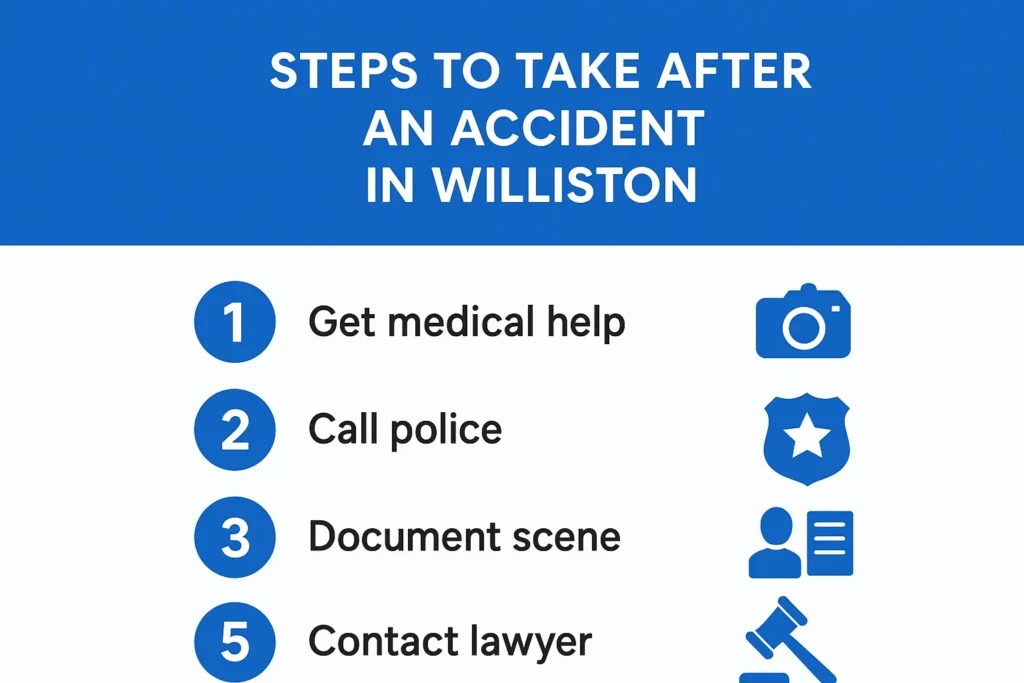
Act promptly to protect your claim by seeking medical care, documenting the scene, and reporting the crash to police. Exchange information with other parties, note witness names and contact details, and take photos that show vehicle positions, road conditions, and any injuries. Avoid giving recorded statements to insurers without counsel, and keep receipts for any out-of-pocket costs tied to the accident. Early and careful actions create the record you will need to support a fair recovery.
If you have questions about fault percentages, complex evidence, or the filing window that applies to your case, reach out for professional advice. Experienced representation can change a marginal outcome into a full recovery by reducing the percentage attributed to you. Protect your rights by acting now and preserving all relevant evidence.
Get Help With Your Williston Accident Claim
Don’t let confusion over fault rules or missed deadlines cost you the compensation you need for recovery. If you suffered injury in or near Downtown Williston, or around North Williston, consult a knowledgeable advocate who represents injured people every day. A focused Williston personal injury lawyer can evaluate fault, explain your options, and take the legal steps necessary to pursue maximum recovery. Contact a lawyer today to protect your case and your future.









